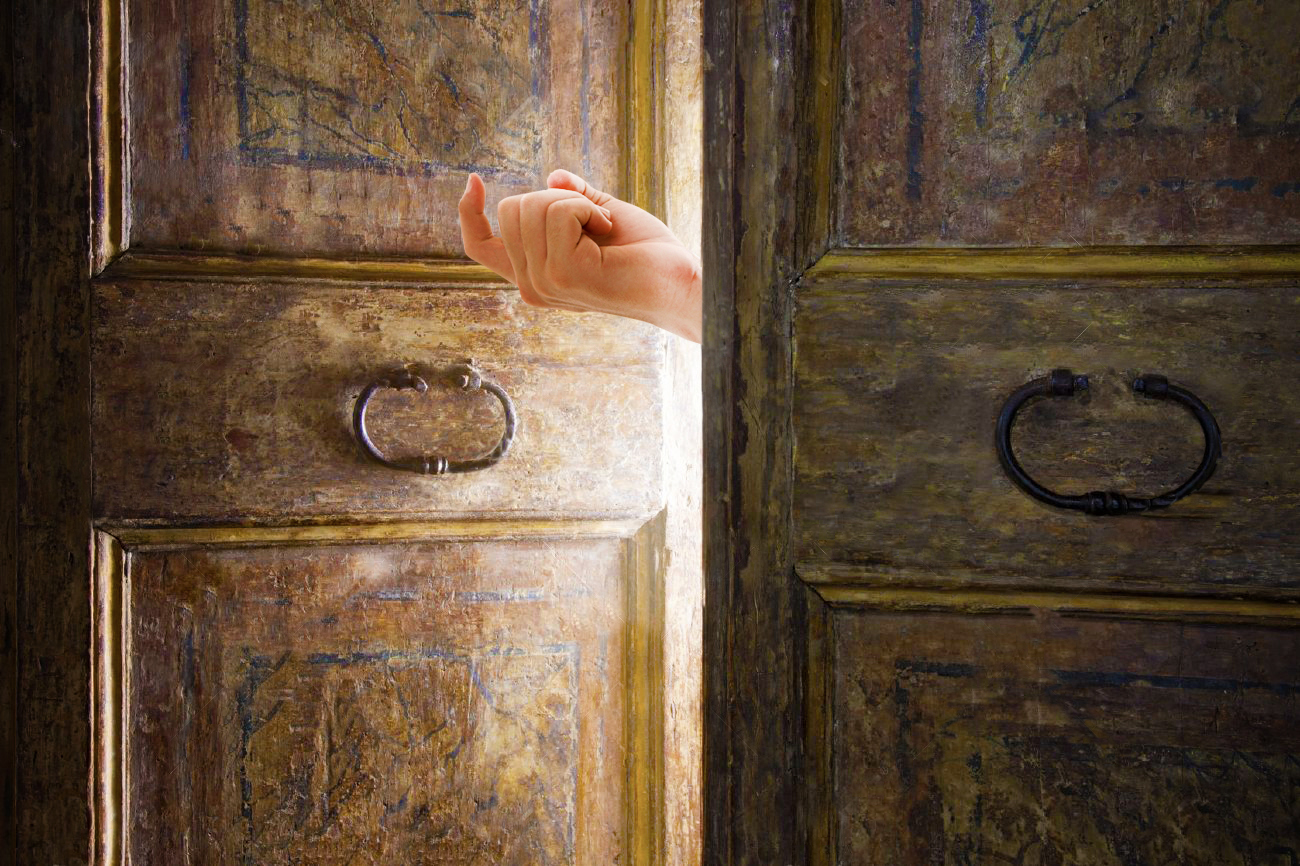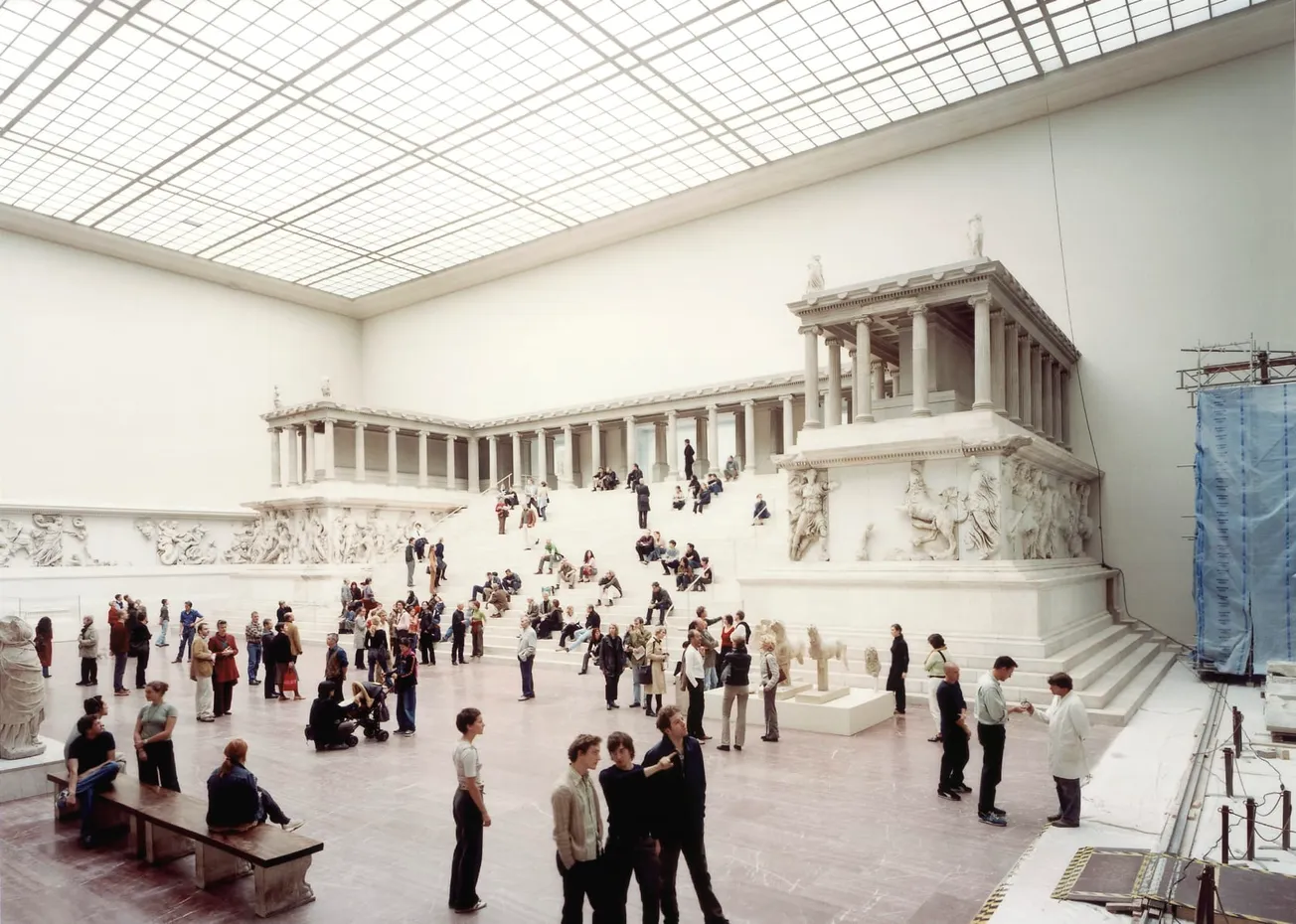As we are all confined to barracks, it is a great opportunity to try new things. How about a virtual tour of a world famous museum or art gallery?
Today’s tour is of the Pergamon Museum, Berlin. Wikipedia tells us:
The Pergamon Museum (German: Pergamonmuseum) is situated on the Museum Island in Berlin. The building was designed by Alfred Messel and Ludwig Hoffmann and was constructed over a period of twenty years, from 1910 to 1930. The Pergamon Museum houses monumental buildings such as the Pergamon Altar, the Ishtar Gate of Babylon, the Market Gate of Miletus reconstructed from the ruins found in Anatolia, as well as the Mshatta Facade.
The museum is subdivided into the antiquity collection, the Middle East museum, and the museum of Islamic art. It is visited by approximately 1,135,000 people every year, making it the most visited art museum in Germany (2007), and is one of the largest in the country.
By the time the Kaiser-Friedrich-Museum on Museum Island (today the Bodemuseum) had opened in 1904, it was clear that the edifice was not large enough to host all of the art and archaeological treasures being excavated under German supervision. Excavations were underway in the areas of ancient Babylon, Uruk, Assur, Miletus, Priene and ancient Egypt, and objects from these sites could not be properly displayed within the existing German museum system. Wilhelm von Bode, director of the Kaiser-Friedrich-Museum, initiated plans to build a new museum nearby to accommodate ancient architecture, German post-antiquity art, and Middle Eastern and Islamic art.
Alfred Messel began a design for the large three-wing building in 1906. After his death in 1909 his friend Ludwig Hoffman took charge of the project and construction began in 1910, continuing during the First World War (1918) and the great inflation of the 1920s. The completed building was opened In 1930.
The Pergamon Museum was severely damaged during the air attacks on Berlin at the end of the Second World War. Many of the display objects had been stored in safe places, and some of the large exhibits were walled in for protection. In 1945, the Red Army collected all of the loose museum items, either as war booty or, ostensibly, to rescue them from looting and fires then raging in Berlin. Not until 1958 were most of the objects returned to East Germany. Significant parts of the collection remain in Russia. Some are currently stored in the Pushkin Museum in Moscow and the Hermitage Museum in Saint Petersburg. The return of these items has been arranged in a treaty between Germany and Russia but, as of June 2003, is blocked by Russian restitution laws.
Click on the door to see what’s revealed.










